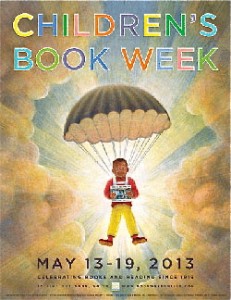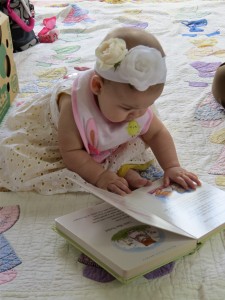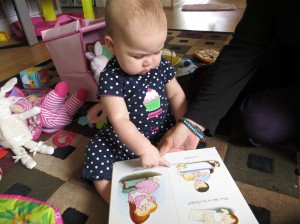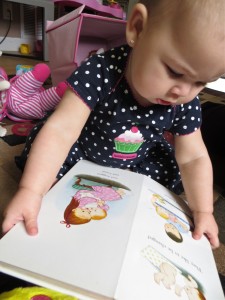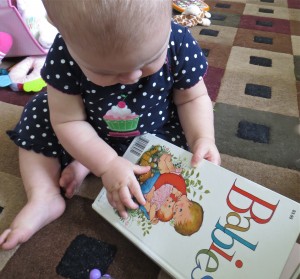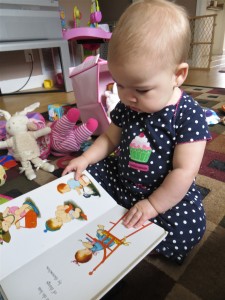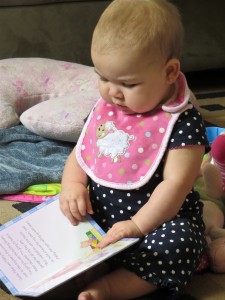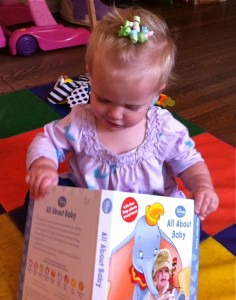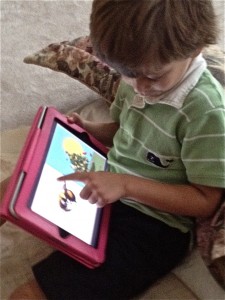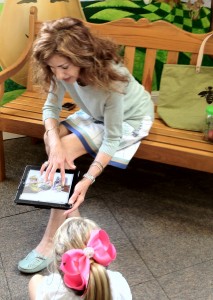What I’m about to say may sound odd to the 21st century community of writers, as well as many who know me. It’s not so much that I’ve changed my mind about digital technology as it is that I’m seeing a desperate need to strike a balance in how we introduce reading to children.
Regarding ebooks/apps versus print books, my whole emphasis is not an either/or attitude toward literacy education. Increasingly, there are blogs, news articles, and marketing efforts directed by traditional publishers vs. ebook and app developers – all producing exclusive arguments for either print books or newer products on digital readers, depending upon which publishing method they represent. Even the staunch traditional print book publishers are phasing away from print and competing in the digital marketplace. They haven’t completely abandoned print, but their attempt to compete with newer ways to publish and profit further narrows the field for children’s print books.
The key word “profit” is a prime motivation. Digital publishing affords many publishing opportunities that seem almost magical to educators and children. Many innovative processes have evolved rapidly, and there’s no doubt that fireworks get attention and sales. Some of the products are excellent, but too many apps are games disguised as education. If a child has only to tap an element to get a sound or cartoon-like movement, he is simply being entertained. Education should definitely be enjoyable, but there are basic elements which need to be grasped and interspersed with the fun.
There is a difference between interactive ebooks and apps. With interactive ebooks, a child might touch a word which becomes highlighted, and then immediately moves the reader to the glossary. Another touch in the glossary takes the child back to the word in the story. Fun facts and extra information, recipes, puzzles, and other things related to the story allow the child to read and interact without as much “razzle-dazzle.” Ebooks definitely can have spectacular illlustrations. They can be an enhancement to classic ways of helping children love to read.
Apps allow much more movement and sound, with many exciting eye-catching special effects. This thrills, but can also lead to a kind of tech device addiction. So many factors are part of reading, not the least of which is the creation of a story world inside the head. The activation of the thinking process, and the interaction of communicating with others are necessary learning for life. What is better than listening to the re-telling of a story, hearing it read, face to face. There is a time for the fun and opportunities of digital devices, and a time for quiet reading and developing individual ideas. It’s possible to share exciting learning and stories from both digital readers and print books, but a constant use of one without the other is missing out on half the benefits. Each has its own contributions to childhood literacy and the development of future possibilities. It’s all about balance!
Just to punctuate my thoughts, I’m including some completely candid photos of young children as they discover the wonderful world of books. They cannot yet read, yet are fascinated with books and digital devices. It’s up to us to make sure they get a taste of variety in their learning, with ways to light a fire of curiosity which will propel them into their best future. This is Children’s Book Week, which seems the perfect time to think about reading with our children.

